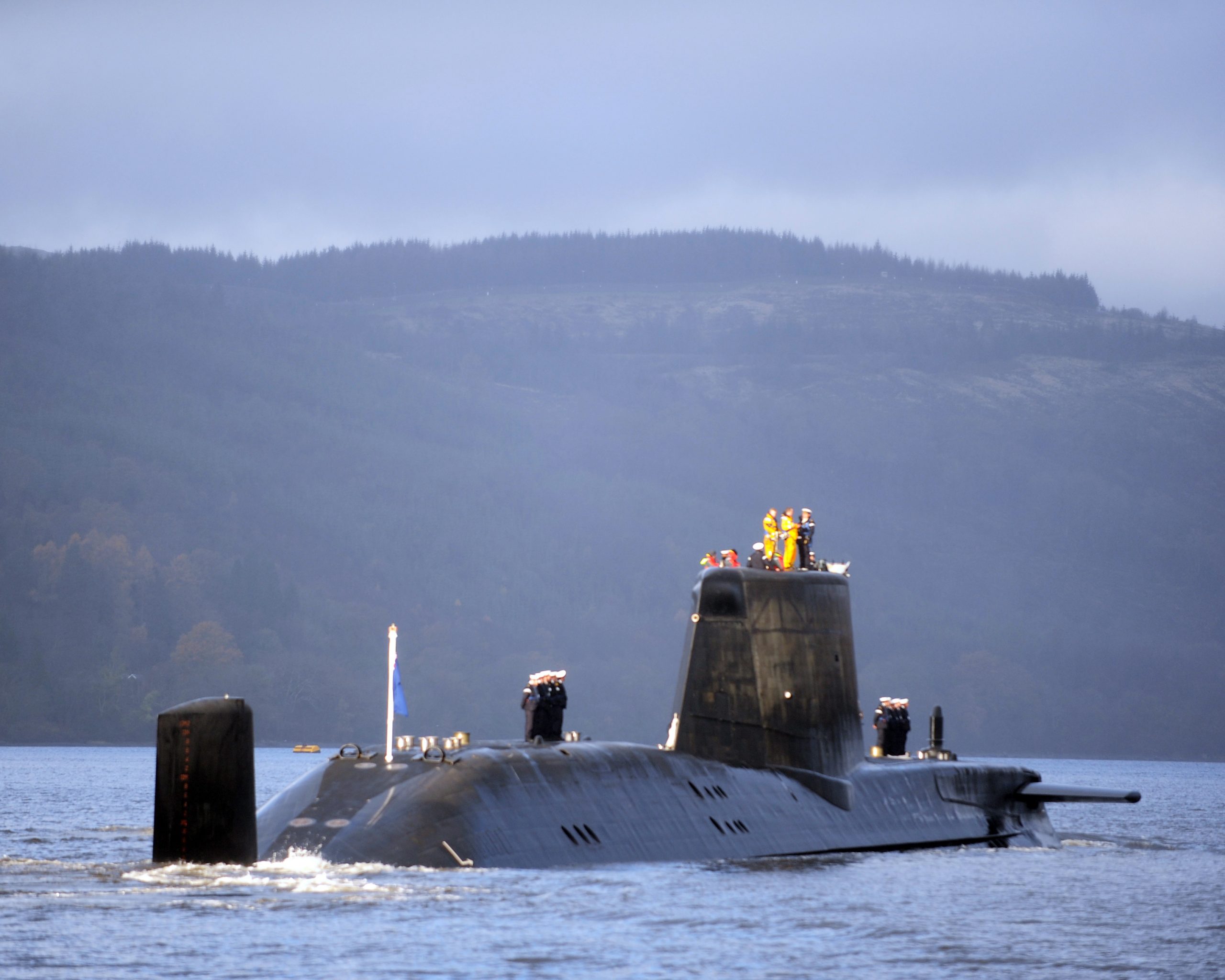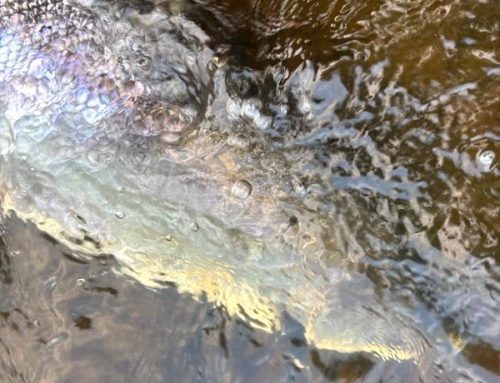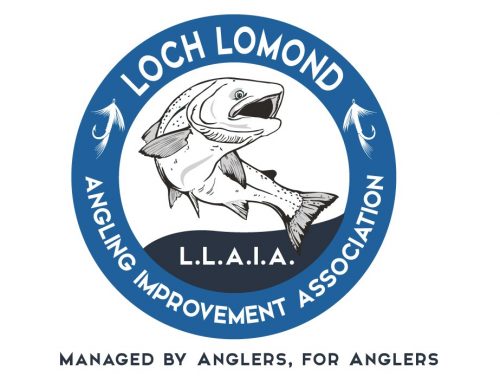As has been recently reported in the local press there has been an application submitted by the MOD which will, if approved, significantly increase both the volume and frequency of nuclear waste rom Faslane and Coulport bases that is discharged into the Gareloch . The liquid waste comes from the reactors that drive the Royal Navy’s submarines and from the processing of Trident nuclear warheads. It will be processed and discharged from Faslane into the Gareloch nearby via a proposed new pipeline. Ageing waste treatment facilities were reported as being replaced by a new waste treatment hub at Faslane with discharges to be made via a new pipeline located about “one kilometre north of the current discharge point on the Gareloch…”
Increased pollution has been condemned by local authorities as “reckless and unacceptable” because it could contaminate wildlife and local communities with radioactivity. The MoD’s plan has also been criticised as “unwelcome” by a former environmental regulator.
In May 2019 the Clyde base naval commander, Donald Doull, applied to the Scottish Government’s regulator, the Scottish Environment Protection Agency (Sepa), for renewed “approval to dispose of radioactive waste”. Ageing waste management facilities were being replaced with a new “Nuclear Support Hub” at Faslane, he said.
Solid and liquid waste from neighbouring Coulport, where Trident warheads are stored and processed, would be transported to the Faslane hub for treatment, along with wastes from submarine reactors. The resulting liquid radioactive wastes would be discharged “at a point approximately one kilometre north of the current discharge point” in the Gareloch, Doull stated.
He pointed out that proposed annual limits for discharges were being reduced “where practical”. Predicted radiation doses for the most exposed people were “significantly below” the recommended safety limit and there would be “no radiological hazard for any member of the public”, he said. However what was not made clear was that the amounts of radioactivity scheduled to be dumped into the Gareloch are due to rise – in some cases dramatically by over 50 times the current levels. This is due in large to the increased fleet of ageing, current and new submarines based at or using the Faslane and Coulport bases.
The Scottish Environment Protection Agency’s radioactive unit substances manager, Paul Dale, confirmed that an application had been received from the MoD and a public consultation launched. “Current and proposed site discharge levels fall within agreed limits,” he said.
The UK’s centre of excellence for the treatment, remediation and safe storage of almost all of the country’s nuclear waste is Sellafield currently. It is therefore unclear as to why in this case the MoD has opted to treat such waste locally given the associated increased costs and risks?
It should be noted that the Secretary of the LLAIA will be making specific objections to this public consultation on behalf of the LLAIA indicating our objections. We request members to also submit their objections and/or comments to this consultation using the link below. Please act quickly given the impending closing date below of 13th March, 2020. To record your objections and/or comments please click on the link below.
“SEPA’s public consultation is open until 13 March and we welcome all responses, including those from NFLA and Kimo. All responses will be reviewed in detail to ensure we continue to safeguard the environment and human health.”






